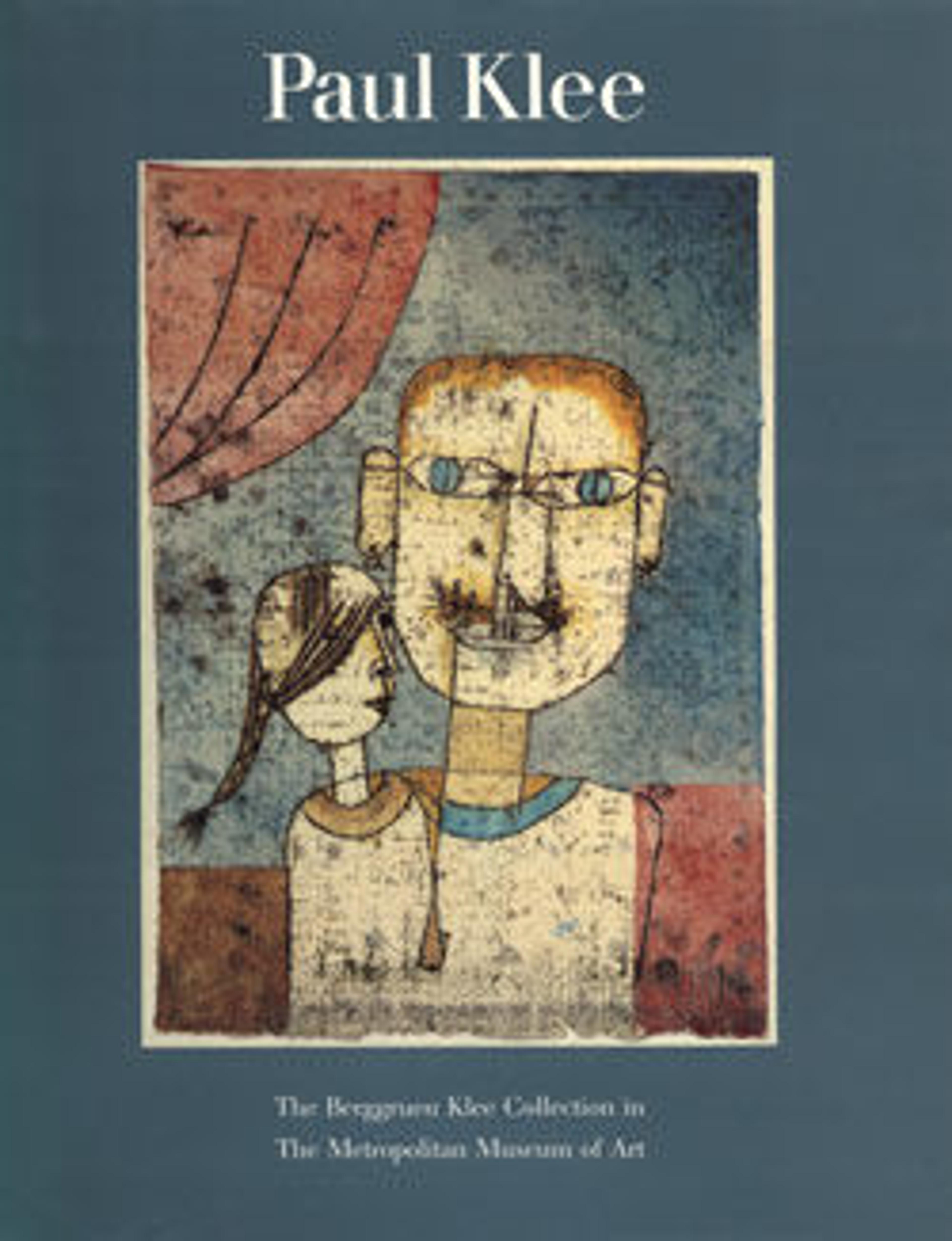Tale à la Hoffmann
Klee loved the tales of the German poet and writer E. T. A. Hoffmann (1776–1822), who was nicknamed "Ghost Hoffmann" in his own country. Tale à la Hoffmann appears to be loosely based on the poet's best-known lyrical tale, The Golden Pot (1814), a magical story that switches back and forth between high fantasy and everyday life in Dresden. It recounts the trials of the pure and foolish young Anselmus and his efforts to gain entry to Atlantis, the heaven of poetry. The tree from which Anselmus first heard fateful voices speaking to him might thus be on the left. The odd, tubelike construction on the right perhaps represents the glass bottle in which Anselmus found himself briefly imprisoned. The tale's repeated references to time are reflected in the two clocks, and the vessel in the center may stand for the golden pot with the fantastic lily that gives the story its name.
Artwork Details
- Title: Tale à la Hoffmann
- Artist: Paul Klee (German (born Switzerland), Münchenbuchsee 1879–1940 Muralto-Locarno)
- Date: 1921
- Medium: Watercolor, graphite, and transferred printing ink on paper bordered with metallic foil, mounted on cardboard
- Dimensions: 15 7/8 × 12 5/8 in. (40.3 × 32.1 cm)
- Classification: Drawings
- Credit Line: The Berggruen Klee Collection, 1984
- Object Number: 1984.315.26
- Rights and Reproduction: © 2025 Artists Rights Society (ARS), New York
- Curatorial Department: Modern and Contemporary Art
More Artwork
Research Resources
The Met provides unparalleled resources for research and welcomes an international community of students and scholars. The Met's Open Access API is where creators and researchers can connect to the The Met collection. Open Access data and public domain images are available for unrestricted commercial and noncommercial use without permission or fee.
To request images under copyright and other restrictions, please use this Image Request form.
Feedback
We continue to research and examine historical and cultural context for objects in The Met collection. If you have comments or questions about this object record, please contact us using the form below. The Museum looks forward to receiving your comments.
